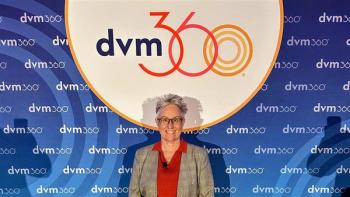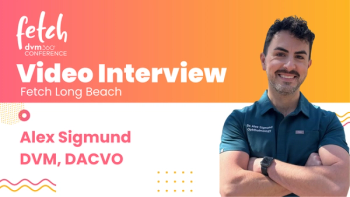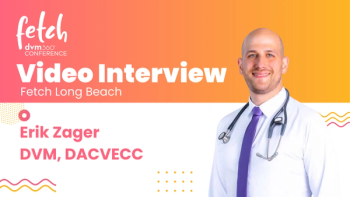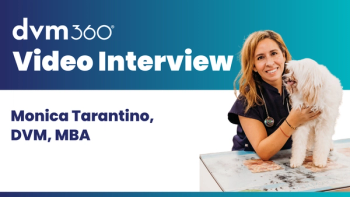
"World’s first" canine ventricular septal defect correction reported by South Korean animal hospital
No prior successful cases of VSD corrections have been documented in veterinary literature.
A private animal hospital in South Korea recently reported that its cardiac surgical team has successfully performed what it describes as the "world’s first" surgical correction of a complex ventricular septal defect (VSD) in a canine patient.1 VSD is a common congenital defect observed in cats, dogs, and humans and is characterized by a hole in the heart’s wall that separates the ventricles.2,3
“This veterinary milestone is highly significant, as it marks the first such case not only in Korea but also globally, with no previous reports of successful surgical treatment for complex VSDs,” NEL Animal Cardiovascular Center, the hospital that performed the procedure, stated in a news release.1
When developing a surgical plan for the VSD case, NEL says the surgical team used knowledge gained from experience of more than 50 open heart surgeries that used cardiopulmonary bypass.
According to the center, the patient had a unique form of VSD consisting of a single, continuous defect that extended from the heart’s perimembranous region to the subarterial region. During the surgical procedure, the team confirmed the complex nature of the case.
The procedure involved making incisions in the right atrium and pulmonary artery to close the hole with a bovine pericardial patch. The left-to-right shunt was fully resolved immediately after surgery, eliminating the risk of progressive regurgitation caused by aortic valve prolapse.1 After the surgery, the patient’s cardiac function returned to a “near-normal” level. According to NEL, long-term prognosis is “highly favorable.”1
“Subarterial VSDs are particularly dangerous due to the risk of aortic valve prolapse and severe regurgitation, making early surgical intervention crucial,” NEL wrote.1 “The success of this surgery offers new hope for animals with congenital heart defects, demonstrating the potential for a surgical cure.”
With no previous documented successful cases of VSD corrections in veterinary literature, the hospital referred to the procedure as a breakthrough case that expands the options for surgically treating congenital heart disease.1
“Although this was a complex defect, thorough discussion and preparation among our medical team led to a successful outcome. We will continue our efforts so that more animals with congenital heart disease can lead healthy and normal lives,” Eom Tae-Heum, DVM, MVSc, director of NEL Animal Cardiovascular Center, who led the surgical procedure,4 said in the news release.1
According to the news release, the center is in the process of preparing an academic analysis and official report on the case.
References
- NEL Animal Cardiovascular Center achieves world’s first surgical correction of complex VSD in canine patient. News release. NEL Animal Cardiovascular Center. June 22, 2025. Accessed July 17, 2025.
https://www.businesswire.com/news/home/20250618427466/en/NEL-Animal-Cardiovascular-Center-Achieves-Worlds-First-Surgical-Correction-of-Complex-VSD-in-Canine-Patient - Tou SP. Cardiac shunts in animals. Merck Veterinary Manual. June 2025. Accessed July 17, 2025.
https://www.merckvetmanual.com/circulatory-system/congenital-and-inherited-anomalies-of-the-cardiovascular-system/cardiac-shunts-in-animals - Ventricular septal defect (VSD). Mayo Clinic. October 21, 2022. Accessed July 17, 2025.
https://www.mayoclinic.org/diseases-conditions/ventricular-septal-defect/symptoms-causes/syc-20353495 - NEL medical staff. NEL Animal Medical Center. Accessed July 17, 2025.
https://nelamc.com/bbs/board.php?bo_table=nel_medical&wr_id=10
Newsletter
From exam room tips to practice management insights, get trusted veterinary news delivered straight to your inbox—subscribe to dvm360.






